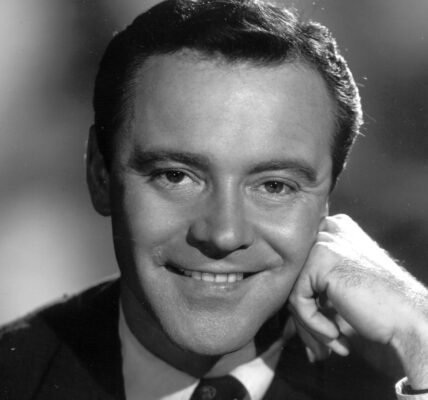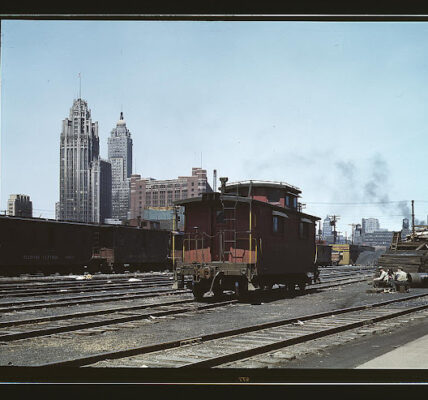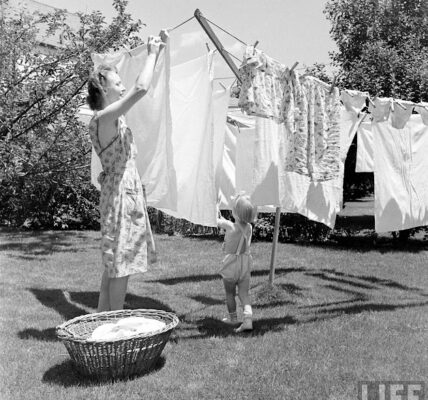Rare Photographs of the Construction of Habitat 67, the Most Recognizable and Spectacular Building in Montreal, Canada
The pilot project of Moshe Safdie’s mission to reinvent apartment living became mired in controversy – yet it remains a functioning icon of 1960s utopianism, and one of that period’s most important buildings.
Habitat 67, or simply Habitat, is a model community and housing complex in Montreal, Quebec, Canada, designed by Israeli-Canadian architect Moshe Safdie. It was originally conceived as his master’s thesis in architecture at McGill University and then built as a pavilion for Expo 67, the World’s Fair held from April to October 1967. It is located at 2600 Avenue Pierre-Dupuy on the Marc-Drouin Quay next to the Saint Lawrence River. Habitat 67 is widely considered an architectural landmark and one of the most recognizable and spectacular buildings in both Montreal and Canada.
Habitat 67 comprises 354 identical, prefabricated concrete forms arranged in various combinations, reaching up to 12 stories in height. Together these units create 146 residences of varying sizes and configurations, each formed from one to eight linked concrete units. The complex originally contained 158 apartments, but several apartments have since been joined to create larger units, reducing the total number. Each unit is connected to at least one private terrace, which can range from approximately 20 to 90 square metres (225 to 1,000 sq ft) in size.
 |
| Architect Moshe Safdie with the model for Habitat 67. |
 |
| Moshe Safdie working on a model of Habitat 67. |
 |
| Moshe Safdie with Edouard Fiset, chief architect of Expo, 1965. |
 |
| Moshe Safdie on site during the construction of Habitat 67, 1966. |
The development was designed to integrate the benefits of suburban homes—namely gardens, fresh air, privacy, and multileveled environments—with the economics and density of a modern urban apartment building. It was believed to illustrate the new lifestyle people would live in increasingly crowded cities around the world. Safdie’s goal for the project to be affordable housing largely failed: demand for the building’s units has made them more expensive than originally envisioned. In addition, the existing structure was originally meant to only be the first phase of a much larger complex, but the high per-unit cost of approximately C$140,000 (C$22,120,000 for all 158) prevented that possibility.
The theme of Expo 67 was “Man and his World”, taken from Antoine de Saint-Exupéry’s memoir Terre des hommes (literally “land of men”, though it was published under the title Wind, Sand and Stars). Housing was also one of the main themes of Expo 67. Habitat 67 then became a thematic pavilion visited by thousands of visitors who came from around the world, and during the expo also served as the temporary residence of the many dignitaries visiting Montreal.
In March 2012, Habitat 67 won an online Lego Architecture poll and is a candidate to be added to the list of famous buildings that inspire a special replica Lego set. Lego bricks were actually used in the initial planning for Habitat; according to Safdie’s firm, “initial models of the project were built using Lego bricks and subsequent iterations were also built with Lego bricks”.










































